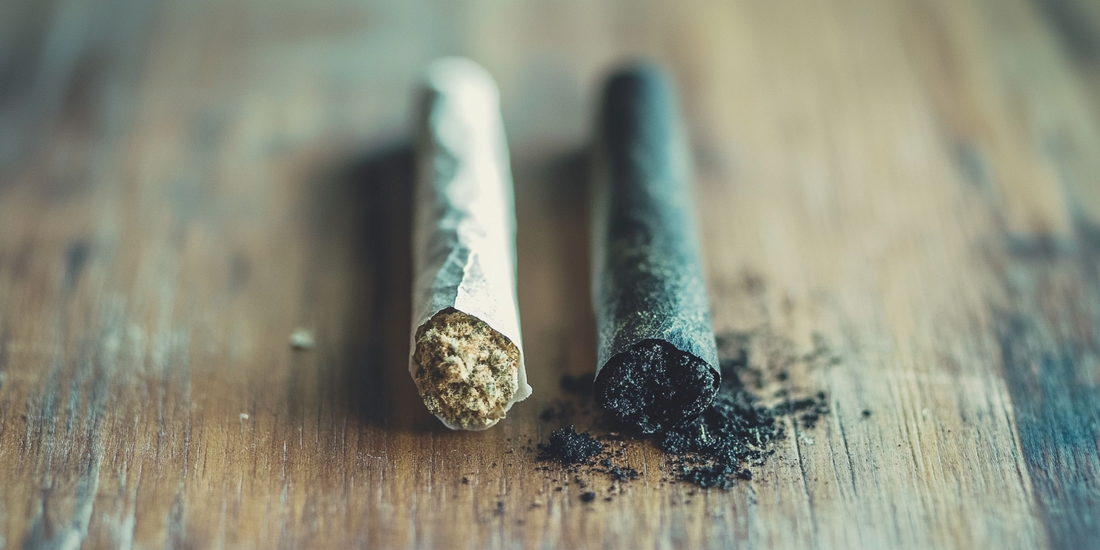When it comes to cannabis, the color of the ash can spark quite a bit of conversation. Some believe that white ash is the gold standard, while others don’t mind if their smoke leaves behind a darker residue. But what does the color of ash truly indicate? Let’s break down the facts behind white and black ash and what it means for your cannabis experience.
What Influences the Color of Ash?
The color of the ash produced during combustion is influenced by several factors, primarily how well the cannabis is burned. Quality cannabis that has been properly dried and cured typically burns clean, resulting in lighter, white ash. This is because there are fewer impurities or unburned materials left behind. Black ash, however, can suggest that the cannabis wasn’t fully dried or flushed properly, leading to incomplete combustion and a darker residue.
Moisture content plays a key role here. Cannabis that hasn’t been sufficiently dried or cured may not burn efficiently, resulting in black ash. Similarly, if the plant wasn’t flushed well during cultivation, leftover nutrients can affect the burn, leaving behind dark ash.
White Ash: A Sign of Quality?
White ash is often seen as an indicator of high-quality cannabis. When your joint burns down to soft, powdery white ash, it suggests that the cannabis has been carefully grown, cured, and flushed. The curing process, which helps break down plant materials like chlorophyll, allows the cannabis to burn more cleanly and smoothly.
However, it’s important to keep in mind that while white ash can indicate good cultivation practices, it’s not the only measure of quality. Genetics, growing conditions, and even the rolling paper used can all affect the ash color.
Black Ash: What Does It Mean?
While black ash may raise a red flag, it’s not always a sign of poor-quality cannabis. Black ash can be the result of excessive moisture, preventing the cannabis from burning fully. Some strains, especially those with denser buds, may naturally produce darker ash, even if they’re top-shelf products.
Improper flushing can also contribute to black ash, as residual nutrients remain in the plant material. However, black ash doesn’t necessarily mean your cannabis lacks potency or flavor—it may just indicate some specific growing conditions or characteristics of the strain.
How to Test Ash Quality
If you're curious about the ash quality of your cannabis, a simple test is to roll up a joint and see how it burns. White ash that easily falls off usually indicates proper curing and drying, while black ash may stick or leave behind a denser residue. But don’t base your judgment solely on ash color—aroma, flavor, and effects are just as important in determining quality.
Debunking the Myths
A common misconception is that white ash is the only true marker of high-quality cannabis. While it’s often a sign of well-executed cultivation practices, it doesn’t guarantee top-notch product. Some strains simply produce darker ash due to their unique chemical makeup. For a deeper dive into how resin and other factors affect ash color, check out our full guide on the subject.
Final Thoughts
The white ash vs. black ash debate is more nuanced than it may first appear. While white ash often signifies quality cannabis, black ash isn’t always a dealbreaker. Focus on the complete experience—aroma, flavor, and how the cannabis makes you feel—rather than getting caught up in ash color alone.
At Imperial Envelope, we are committed to offering meticulously cultivated, carefully cured, and lab-tested cannabis. Whether you’re enjoying our premium pre-rolls or savoring the full flavor of our flower, you can trust that every product is crafted to deliver an exceptional experience.

